Design Thinking - Design Thinking Guidance
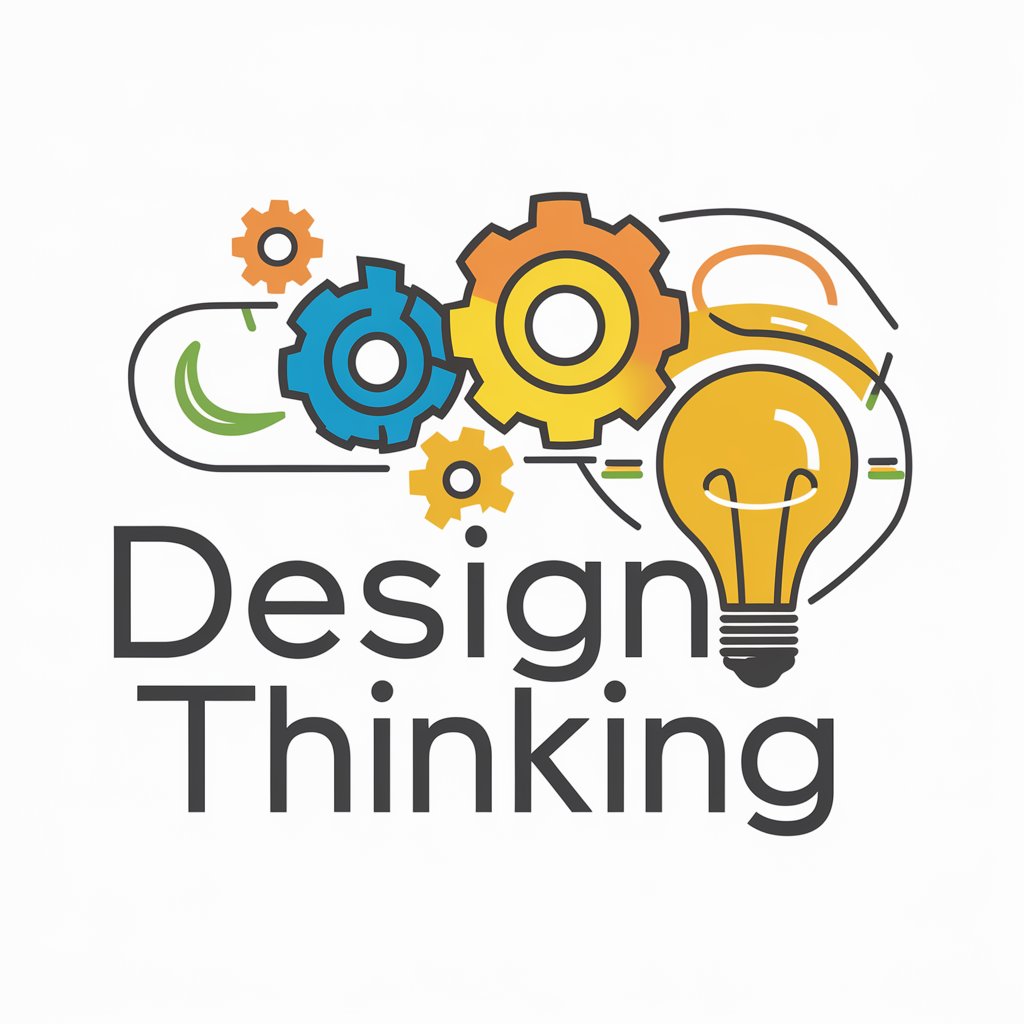
Hi there! Ready to innovate together?
Empowering innovation with AI
Describe your project's goals and any specific challenges you're facing.
What aspects of your project would benefit most from innovative solutions?
Share some background on your target audience and their needs.
What initial ideas or concepts do you have, and how can we build on them?
Get Embed Code
Understanding Design Thinking
Design Thinking is a user-centric approach to problem-solving that encourages organizations and individuals to focus on the people they're creating for, leading to better products, services, and internal processes. When you sit down to create a solution for a business need, the first question should always be what's the human need behind it? This approach involves five phases—Empathize, Define, Ideate, Prototype, and Test. It is iterative, flexible, and focused on collaboration between designers and users, with an emphasis on bringing ideas to life based on how real users think, feel, and behave. For example, when designing a new product, Design Thinking allows a team to discover through the Empathize phase that users need a more intuitive interface. This insight directs the Define phase to clarify this need as a core problem to solve, leading to Ideation where multiple solutions are developed and then prototyped and tested with users for feedback. Powered by ChatGPT-4o。

Main Functions of Design Thinking
Empathize
Example
Conducting user interviews to understand their needs
Scenario
A team developing a new app conducts interviews and observes potential users to gain deep insights into their experiences, frustrations, and desires, ensuring the solution is grounded in real user needs.
Define
Example
Creating clear problem statements
Scenario
After gathering insights from users, the team synthesizes the information to define the core problem they are solving, ensuring everyone is aligned and focused on a clear, user-centered goal.
Ideate
Example
Brainstorming sessions to generate a wide range of ideas
Scenario
The team uses creative techniques to brainstorm a wide range of innovative solutions to the defined problem, encouraging out-of-the-box thinking and collaboration.
Prototype
Example
Developing quick and simple models of proposed solutions
Scenario
Prototypes of potential solutions are created to explore the ideas in a tangible form, allowing for feedback and iteration before investing in full-scale development.
Test
Example
Gathering feedback from real users on prototypes
Scenario
The team tests the prototypes with real users, gathering valuable feedback that can be used to refine the solutions, ensuring they effectively meet user needs before finalizing the product.
Who Benefits from Design Thinking?
Product Developers
Teams or individuals developing new products or services can use Design Thinking to ensure their offerings are user-centered, meet market needs, and stand out from the competition by truly addressing user problems.
Entrepreneurs and Startups
Entrepreneurs and startups can benefit from Design Thinking by using its principles to validate their ideas, explore different business models, and create products that directly address their customers' needs, increasing their chances of success.
Educators and Students
In educational settings, Design Thinking can foster creativity, critical thinking, and problem-solving skills among students and teachers, encouraging a more interactive and hands-on approach to learning and teaching methodologies.
Corporate Innovators
Corporate teams looking to innovate within their companies can apply Design Thinking to navigate complex problems, foster a culture of innovation, and develop solutions that improve internal processes and customer experiences.

How to Utilize Design Thinking
Start Your Journey
Initiate your design thinking journey by visiting yeschat.ai for a complimentary trial, accessible immediately without the need for a login or a subscription to ChatGPT Plus.
Empathize
Engage deeply with your project or problem area. Gather insights through interviews, observations, and research to understand the needs and challenges of your target audience.
Define
Synthesize your findings to define the core problem. Use insights gained during the Empathize phase to articulate the problem statement clearly, focusing on the user’s perspective.
Ideate
Brainstorm a wide range of creative solutions. Encourage free and open-ended thinking to generate innovative ideas without judgment. Consider using mind maps or brainstorming sessions for this step.
Prototype & Test
Develop prototypes to bring your ideas to life. Test these with real users to gather feedback. Iterate on your designs based on this feedback to refine and improve the solution.
Try other advanced and practical GPTs
Goggins GPT
Unleash Your Inner Warrior with AI

Techie Aquarius
Empowering your tech journey with AI

Site Summarizer
AI-powered Insights in a Snap

V-Minhhoa
Enhance Your Videos with AI-Created Images
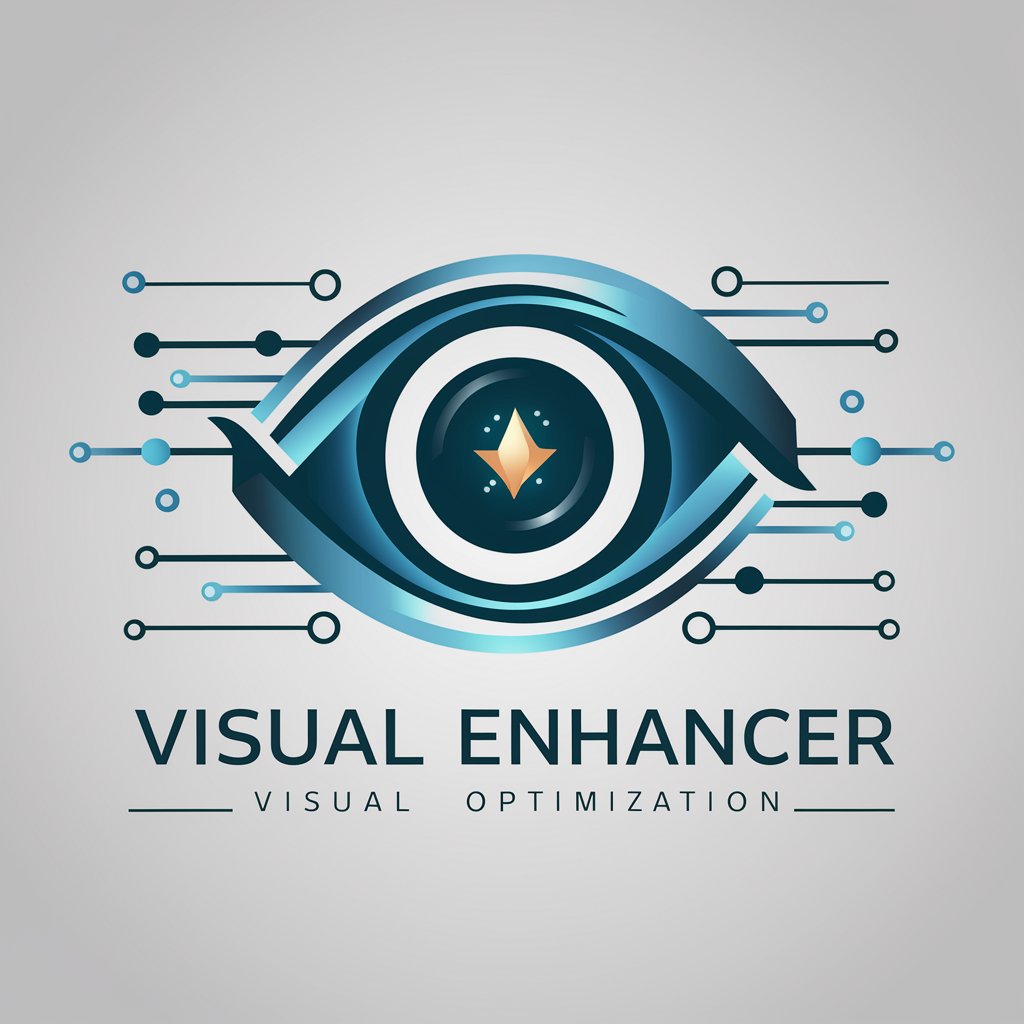
The Quest
Embark on magical adventures powered by AI
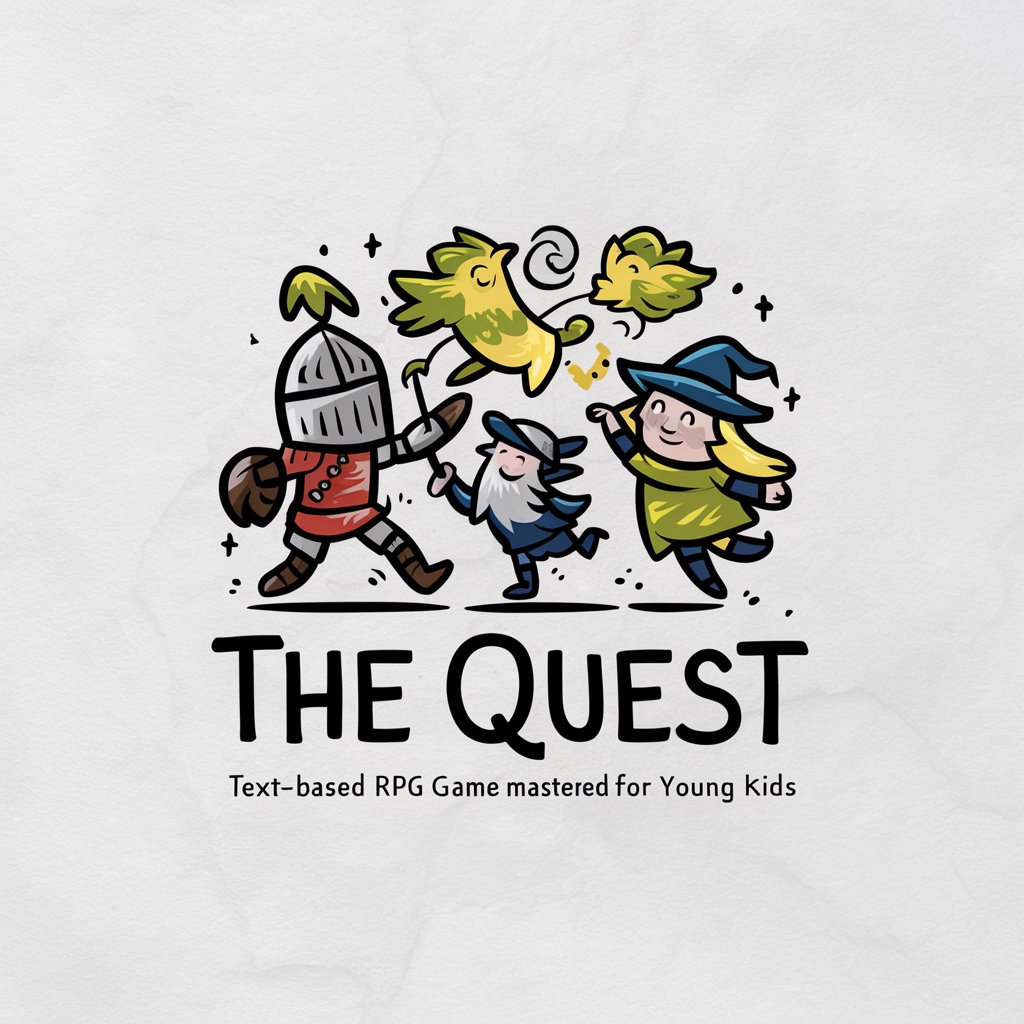
Filmhound Support
AI-Powered Film Archiving Assistance

Nonprofit GPT
Empowering nonprofits with AI-driven insights
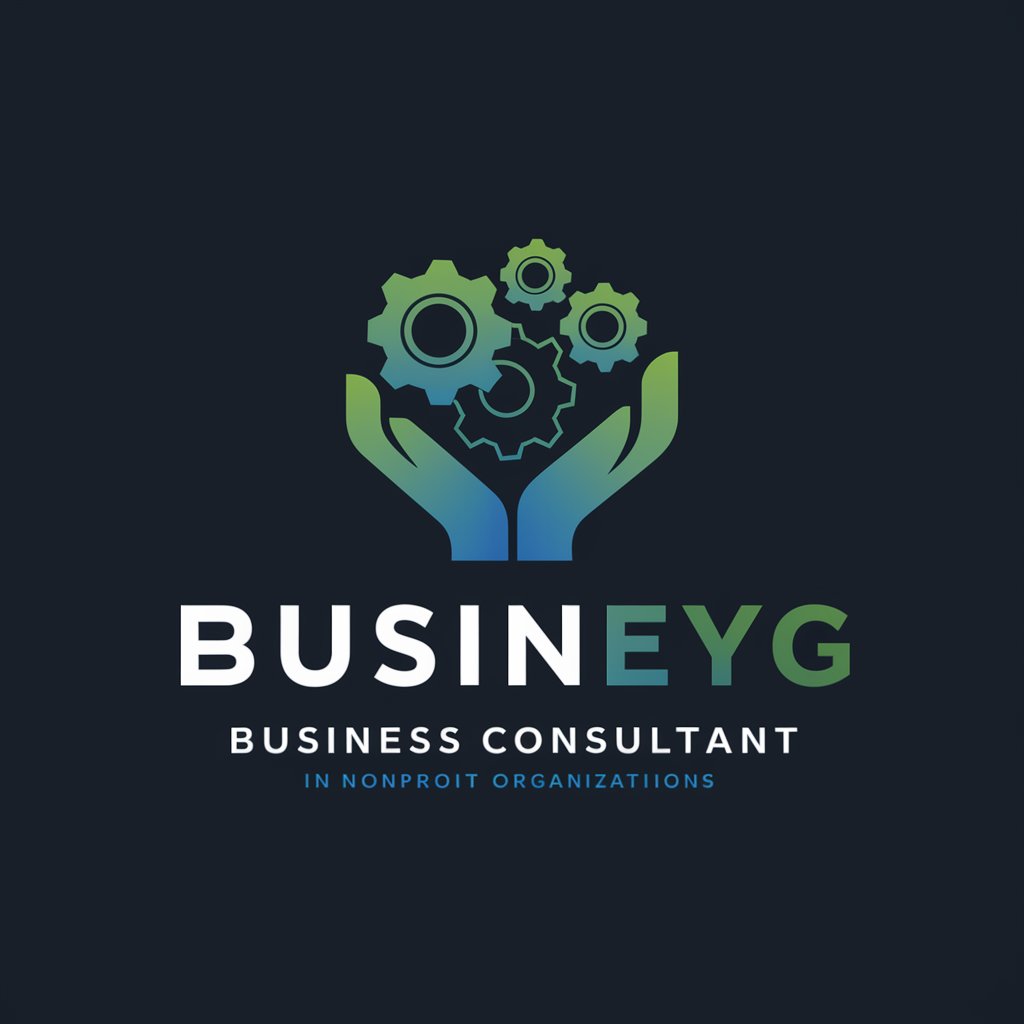
Adaptable Intellect
Tailored Interactions Powered by AI
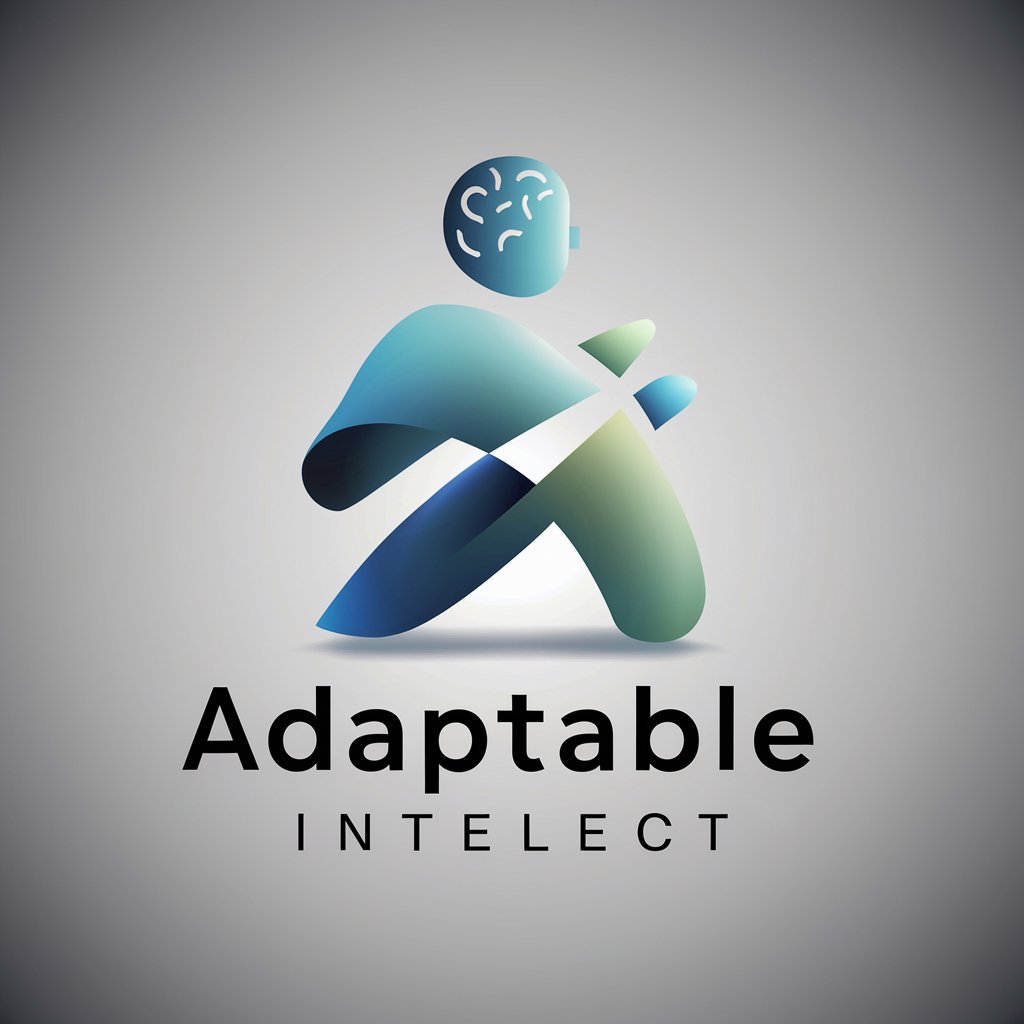
Sassy Strategy
Strategic Brilliance, Powered by AI
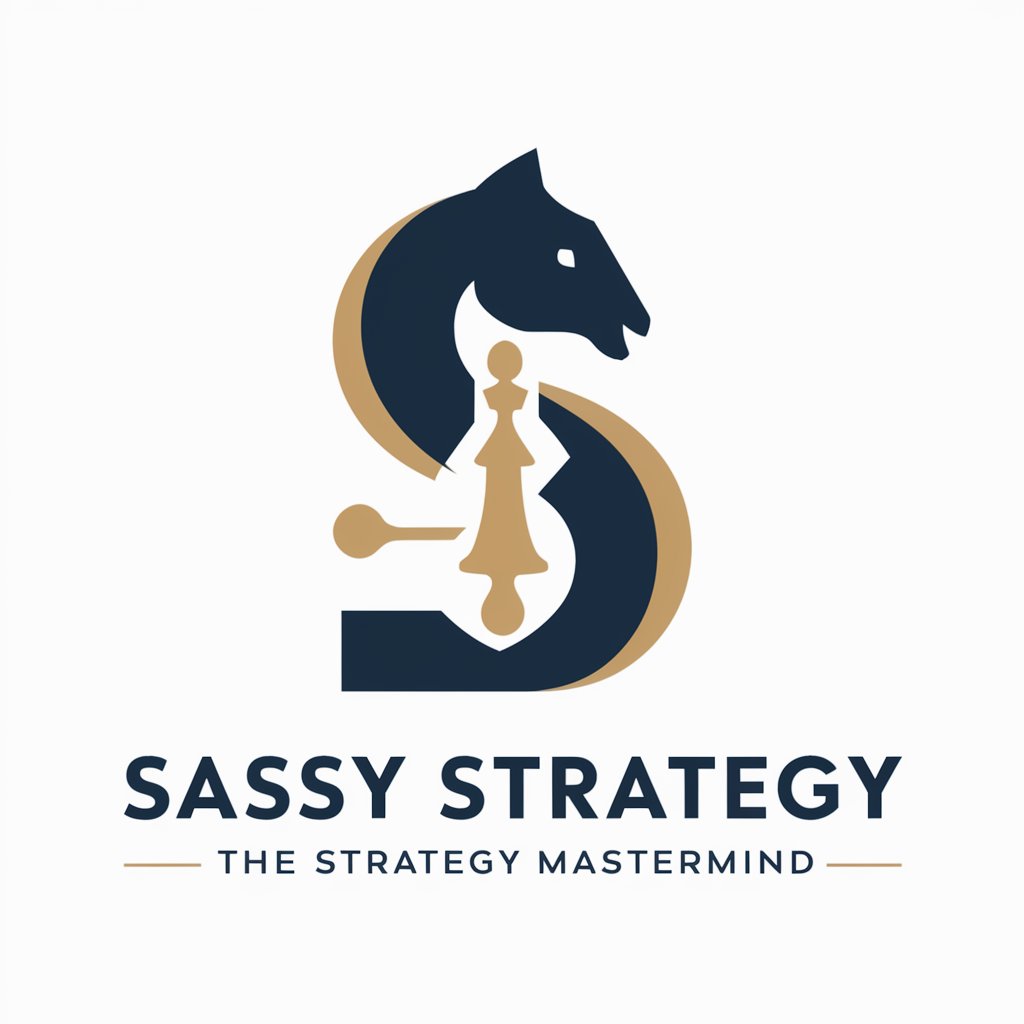
Reign King
Empowering insights with a cultural touch.
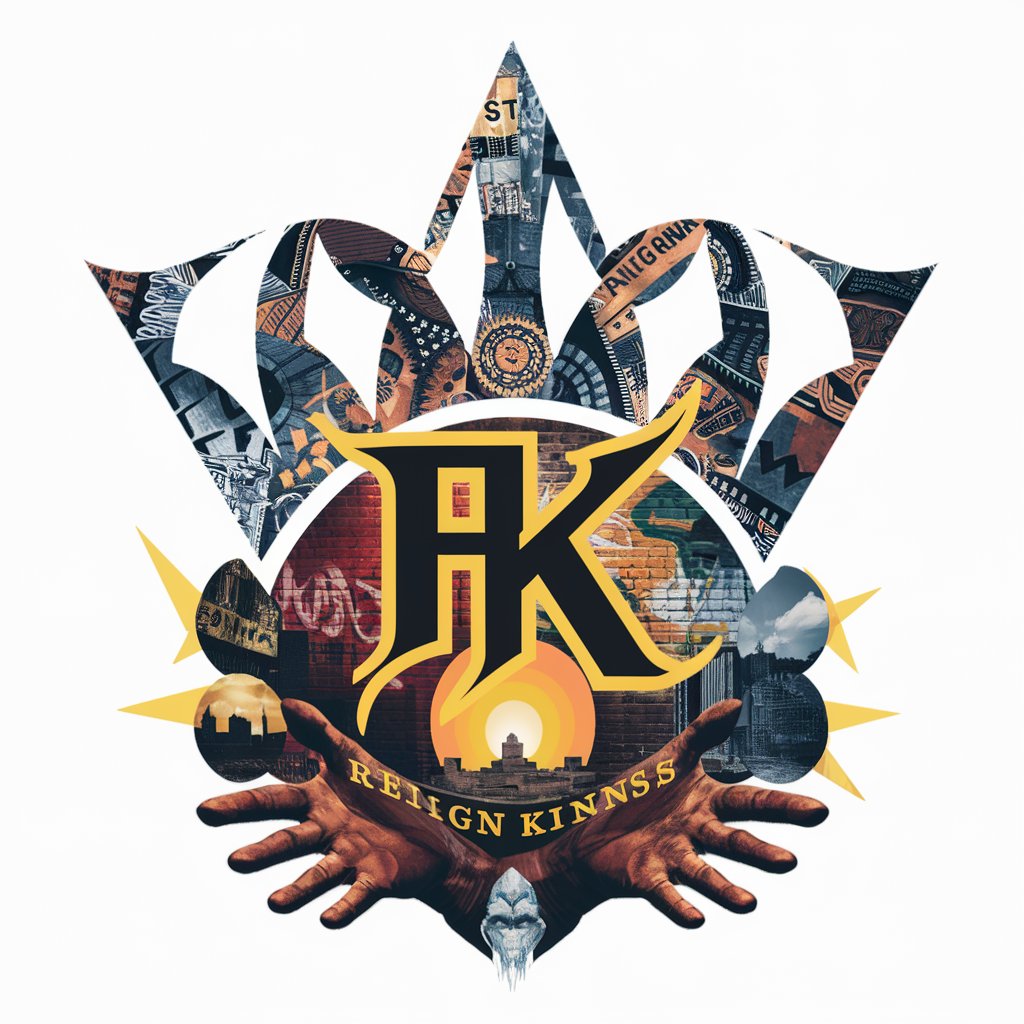
Write Buddy
Empowering your writing with AI
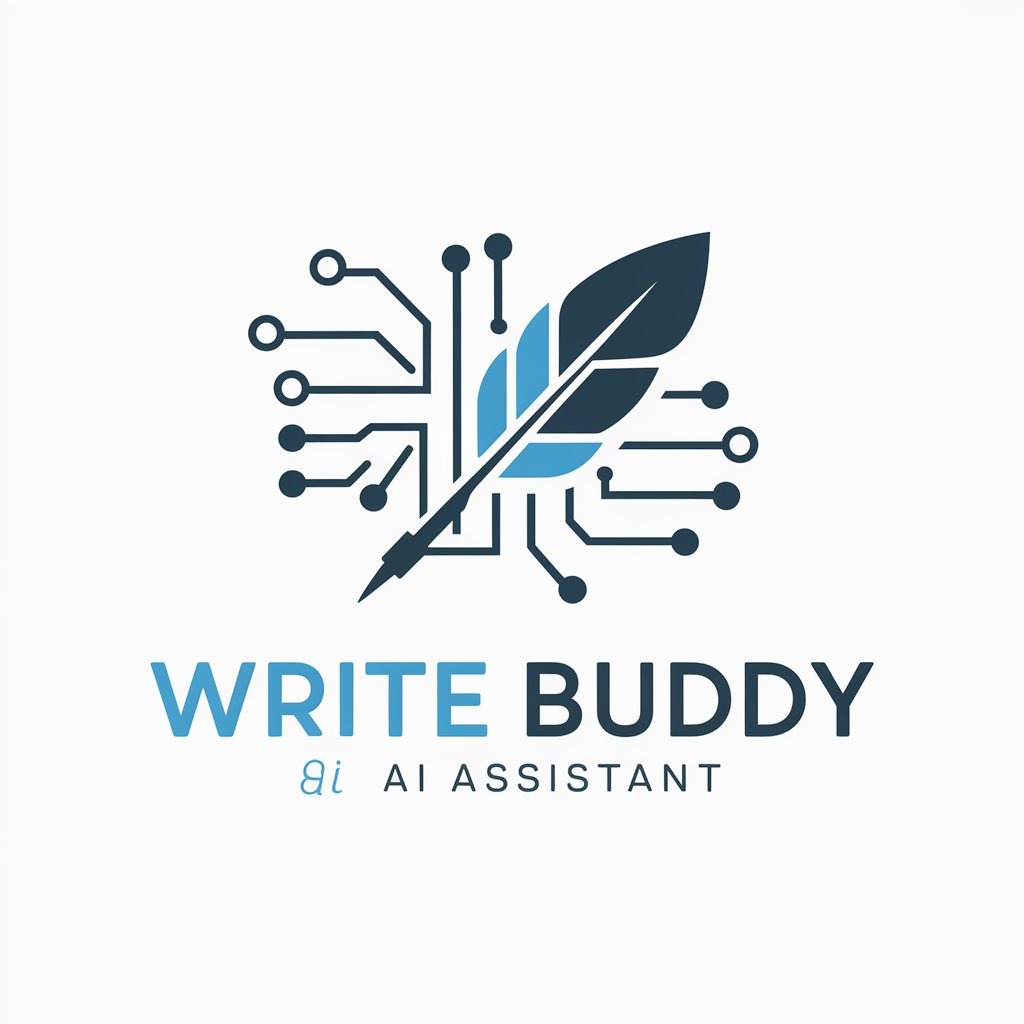
SPR Compressor
Revolutionizing Language Processing with AI

In-Depth Q&A on Design Thinking
What is Design Thinking and why is it important?
Design Thinking is a problem-solving methodology that emphasizes understanding the user, challenging assumptions, and redefining problems in an attempt to identify alternative strategies and solutions. It is important because it leads to innovative solutions, improves products and services, and ensures that the end results are user-centric.
How can Design Thinking be applied in non-design fields?
Design Thinking can be applied in any field by focusing on understanding user needs, defining problems from a human-centered perspective, ideating creative solutions, prototyping, and testing. This approach is valuable in business, education, healthcare, and social innovation, among others, for solving complex problems.
What are some common tools or techniques used in Design Thinking?
Common tools include user interviews, personas, journey mapping, brainstorming, prototyping materials, and feedback sessions. Techniques such as empathy mapping, ideation sessions, and iterative testing are also crucial for diving deep into the problem space and exploring innovative solutions.
How does Design Thinking foster innovation?
Design Thinking fosters innovation by challenging existing assumptions, encouraging diverse and creative thinking, and focusing on user-centric problem solving. This approach promotes an iterative process that allows for flexibility, adaptability, and rapid prototyping, leading to breakthrough innovations.
Can Design Thinking be used for personal development?
Yes, Design Thinking can be applied to personal development by using its principles to identify personal goals, understand one's own needs and challenges, ideate strategies for growth, and prototype and test solutions to personal problems. It encourages a proactive and creative approach to personal growth and problem-solving.
